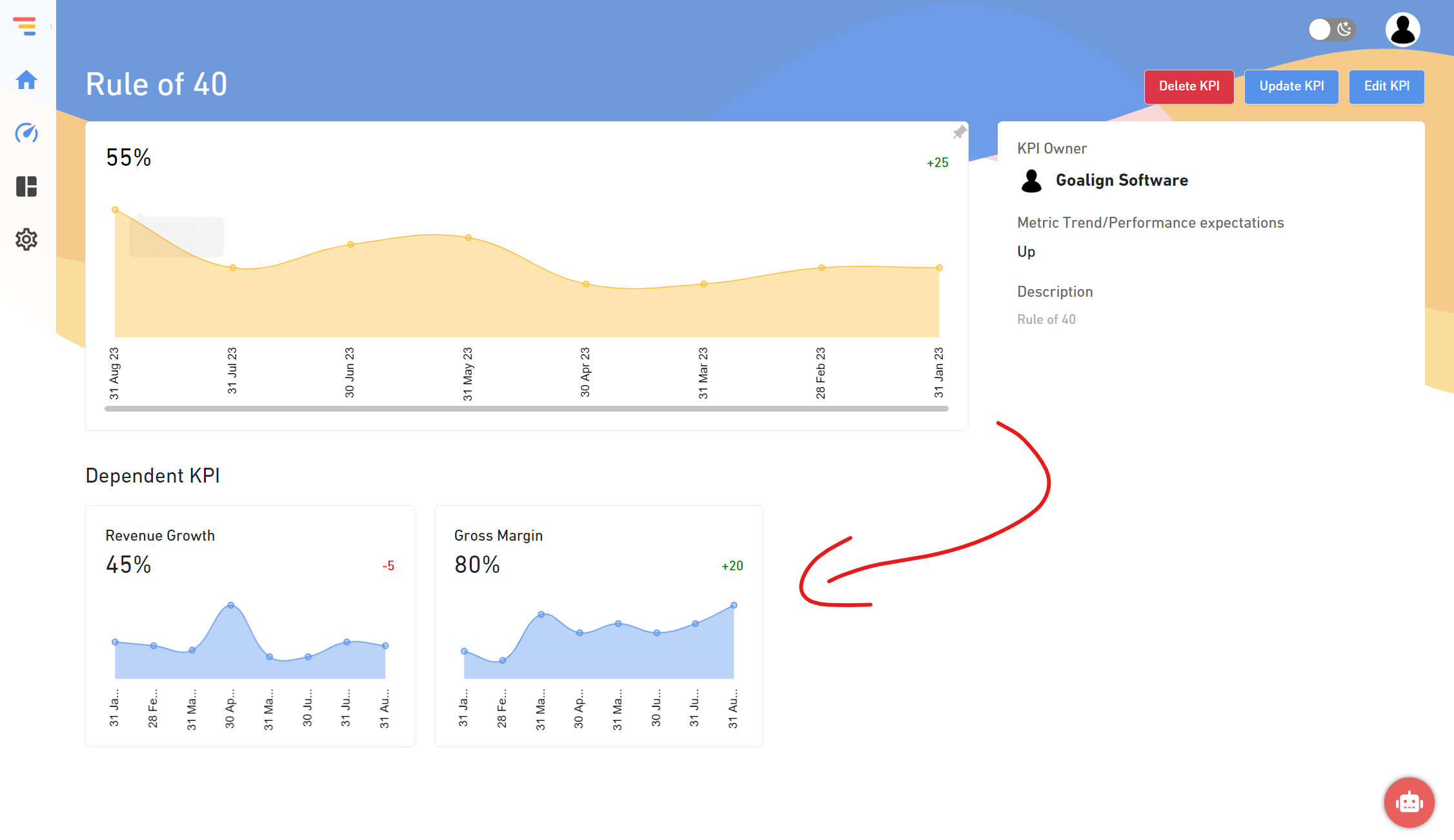Introduction
Company-wide objectives and key results aid in team alignment, ensuring that all members work toward the same goals. They guarantee everybody in the organization is aware of the company’s key priorities at all times. That may appear to be a straightforward chore, but according to Aaron Levie, CEO and creator of business cloud company Box, “At any one time, a significant proportion of people working on the incorrect things.” The issue is determining which ones to employ.
While Objectives and Key Results (OKR) are widely regarded as the framework that modern businesses use to drive success, organizations want clarity on defining these OKRs for themselves: We frequently get inquiries such as, “How do I write good OKRs?” What else should my OKRs consist of? What are some instances of OKRs? We decided it would be better to learn about OKRs and answer these questions with real-world examples.
Well-crafted company-wide OKRs are straightforward yet powerful
They’re short and sweet, yet they’re packed with meaning, just like a good haiku. Again, this may be more difficult than it looks. We have various OKRs for each task that needs to be completed.
Here are some instances of our early attempts at developing objectives:
- Getting into a routine of developing different types of content for each channel and target type
- Make sure your distribution channels are up and running
- Implement a media outreach strategy for important audiences
Co-founder Ryan Panchadsaram reminded us that OKRs might not have to cover everything, only the most important. He pointed out that we were aiming to develop exciting material that helps leaders achieve their objectives while also operating like a top-tier media firm. These are now the overarching company-level goals.
Top-level OKRs define the company’s direction while allowing individual teams and individuals to determine the best way to get there.
What sets them apart from to-do lists?
The crucial outcomes are what distinguishes the two. They are the OKR system’s secret sauce. A few KRs fulfil each aim. Defining these KRs compels a corporation to decide on its metrics to assess progress toward its objectives.
KRs tell us whether we are inspirational leaders who run our businesses like a top-tier media company. They include criteria for how much material we generate in a week, email subscribers, and social media followers.
KRs are versatile and may be quantitative and qualitative, assuring precision and quality. It’s critical to understand that the measurements you employ might have unintended consequences. For example, in 2012, YouTube decided to shift its focus from measuring views to monitoring viewing time. This was because longer watch durations were a more robust indicator of consumer satisfaction than more views. Daily view figures increased when they modified the website and its algorithms to reflect the new emphasis on viewing time. On the other hand, a focus on opinions may have had the reverse effect on watch time.
OKRs are often updated, usually once a quarter or once a month. Employees are informed if and why a company’s goals vary over time.
OKRs need that your business considers how it will achieve its goals. Finally, this eliminates any doubts regarding priorities and success in the united states for your company.
Examples Of Company OKRs
A well-defined strategy and key performance indicators (KPIs) are excellent places to begin.
The most effective Corporation OKRs are developed based on your company’s strategy. Strategic Pillars are an excellent approach to explain and share your ideas. These are the areas of focus or ‘battlegrounds’ that you wish to dominate. Your policy, for example, maybe more value-based, which is advantageous for merge and departmental OKRs such as:
- Product Value – Product Value / Competitiveness positions us as a market leader.
- Customer Experience – The Customer Experience is fantastic at all touchpoints.
- Operational Efficiency – We must continue developing efficient, effective, and dependable systems and procedures.
- People and Learning – Happiness, productivity, and learning all contribute to the development and retention of our valued employees.
Pillars can also be solely customer-focused, such as Amazon’s:
- Most Product Choice
- Best Prices
- Fastest Delivery
If the plan were implemented in each of these cases, you would most likely not be concerned about lagging indications such as revenue.
From this, you may track KPIs that become Health Metrics, such as Revenue and Retention, and plan metrics or KPIs that correspond with these, which are more best predictors and the focus of your OKRs.
Here are some examples of firm OKRs that include Strategic Pillars.
PILLAR OF STRATEGY: Product Value — We have a well-liked product.
Customers purchase, use, and retain our solution.
OBJECTIVE – We make the complicated seem simple, and we’re well-liked for it.
- KEY RESULT 1 – Increase the quote to closed: won from 31% to 45%.
- KEY RESULT 2: From X to Y, raise the frequency of Monthly Active Users.
- KEY RESULT 3: Improve employee retention to 95%.
STRATEGIC PILLAR: CUSTOMER EXPERIENCE - Our customers firmly attach to us.
From your initial encounter with Sales to becoming a long-term customer, your experience is always exceptional.
OBJECTIVE – We maintain customers, and they spread the word because CX is great at every encounter.
- KEY RESULT 1 – Increase Customer satisfaction levels to 95 percent.
- KEY RESULT 2 – All of our items have received 4.5 stars or above in product reviews.
- KEY RESULT 3 – Reduce turnover above 4% to 2%.
STRATEGIC PILLAR: Quickest Delivery - Customers want what they want right now.
To finish, we must fulfil orders at record speed.
OBJECTIVE – Provide the quickest delivery time in our industry.
- KEY RESULT 1 – Over 95% of buyers request things are in stock.
- KEY RESULT 2 – Fulfill over 85% of orders the next day.
STRATEGIC PILLAR: CUSTOMER CHOICE - Customers want us to give them options.
Our consumers do not need to buy elsewhere because they have various options.
OBJECTIVE – Give them the most options in our category, so they think of us first.
- KEY RESULT 1 – Extend our product line by X.
- KEY RESULT 2: Increase Average Annual Expenditure Per Customer between X to Y.
STRATEGIC PILLAR: Human & LEARNING – We are a people-oriented company.
We are more than simply a job; we are a firm that our workers enjoy and are pleased to work for.
OBJECTIVE – Productive talent is happy talent, which is excellent news for everyone.
- KEY RESULT 1 – Everyone understands the goals, duties, and how they contribute.
- KEY RESULT 2 – Employee NPS is more than 8.
- KEY RESULT 3 – Flexible working with over 90% reporting has aided them and the organization.
Conclusion:
All of this is avoidable. By establishing company-wide OKRs, your whole business is committed to the same goals. As OKRs are implemented, departments, organizations, teams, and individuals are held accountable for meeting specific KRs. By committing to the same goals, however, everyone in the firm accepts the obligation of assisting one another to attain them. Employee engagement increases when the OKR method is followed.






